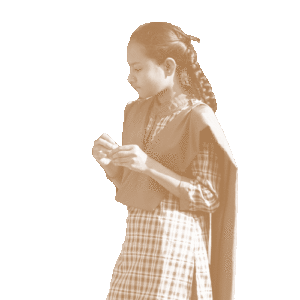Middle Schools
The Anandshala programme, currently in Bihar and Jharkhand, works with the public education system to develop government schools into joyful and inclusive learning spaces, and build 21st-century skills among learners. Anandshala also works with adolescent girls through in-school and out-of-school initiatives and community engagement to build their agency to make informed decisions about their futures.
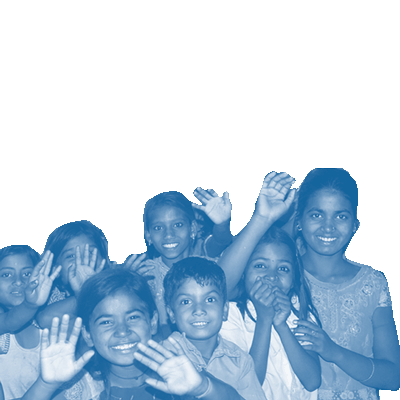
Students in Bihar and Jharkhand
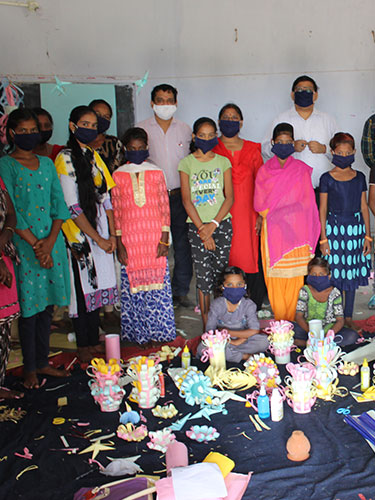
Self-employability sessions helped girls emerge as entrepreneurs in their communities.
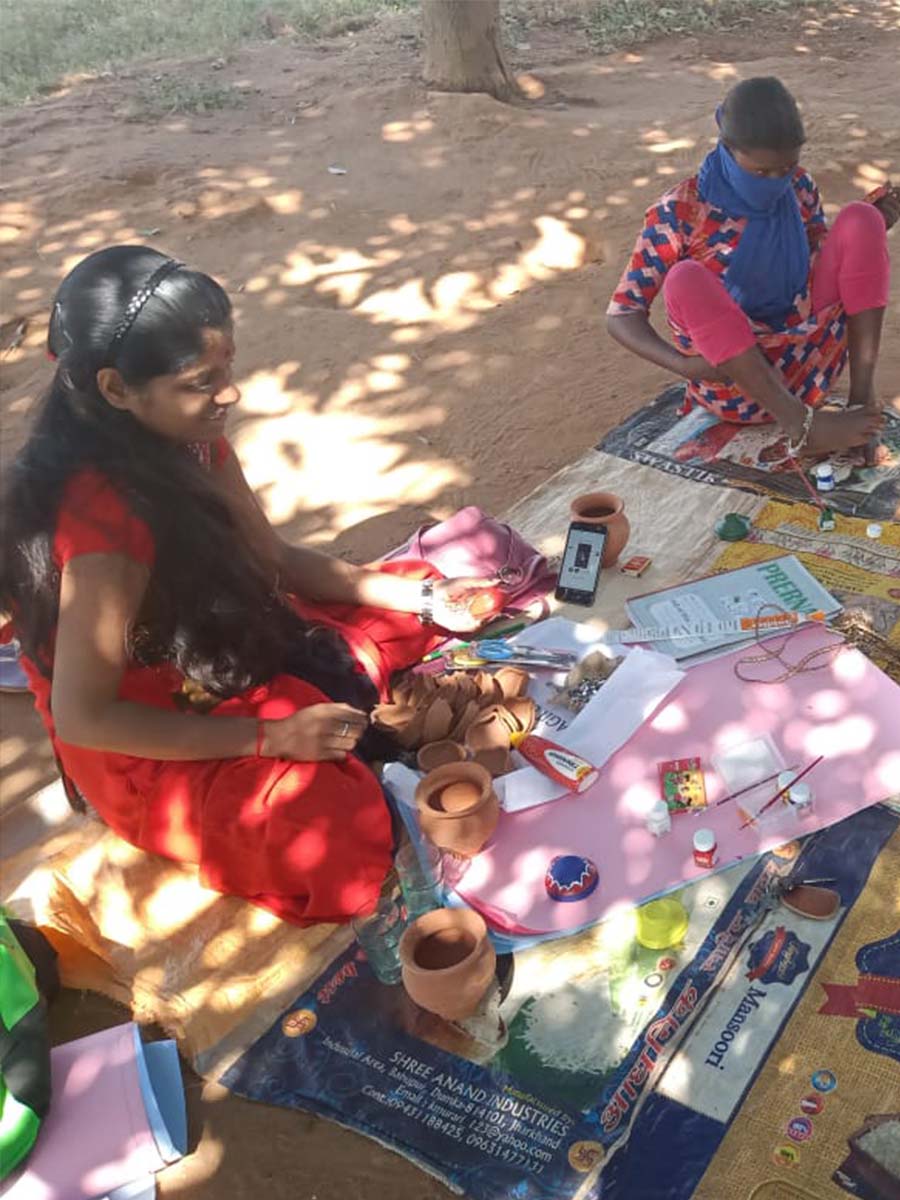
Life skills sessions enabled adolescents to emerge as Girl Champions in the DAC youth-led campaign against stigma and discrimination during COVID-19
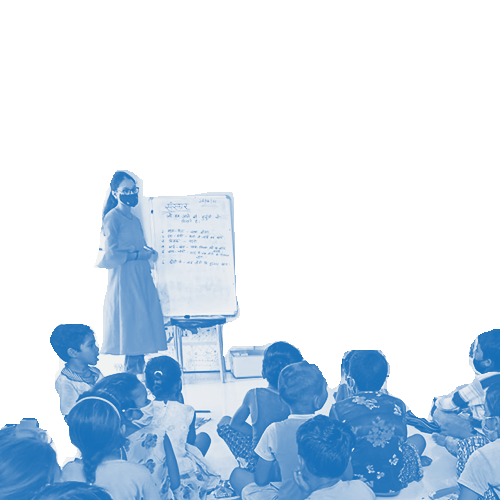
educators reached through learning networks, webinars and ghosthis

Anandshala Gosthi leveraged as a motivational platform by sharing stories of digital innovation in the teaching-learning process to connect students during the pandemic

parents reached through IVRS engagement
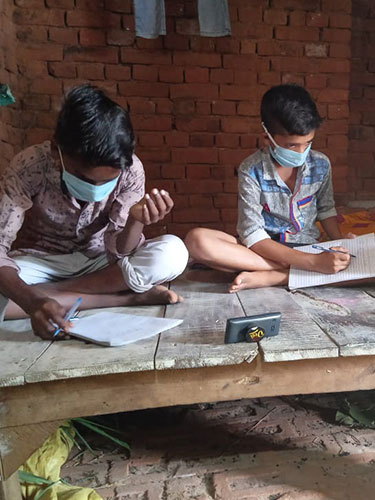
Innovative use of IVRS to reach parents and bridge the digital divide under the COVID-19 lockdown
Collaboration with Government of Bihar and Jharkhand
Anandshala has collaborated with the Bihar and Jharkhand government to improve existing online platforms by investing in the enhancement of the digital education process to bring change in education spaces and among adolescents. This collective effort has led to the creation of user-friendly digital interfaces for meetings, events and workshops, as well as for engaging students, teachers and parents. Over the year, more than 6000 parents and teachers across both locations connected for PTA meetings, signifying the optimum use of apps and platforms. Workshops with teachers on digital literacy helped build technical skills, so that teachers are able to bridge the gap in offline to online teaching-learning, and equipped them with various e-learning mechanisms for uninterrupted learning. In partnership with the Jharkhand government, "Project Sampoorna" was initiated. This is a collaborative effort between funders, civil society and the state to take Socio Emotional Learning (SEL) to learners, educators and the education system in Jharkhand.
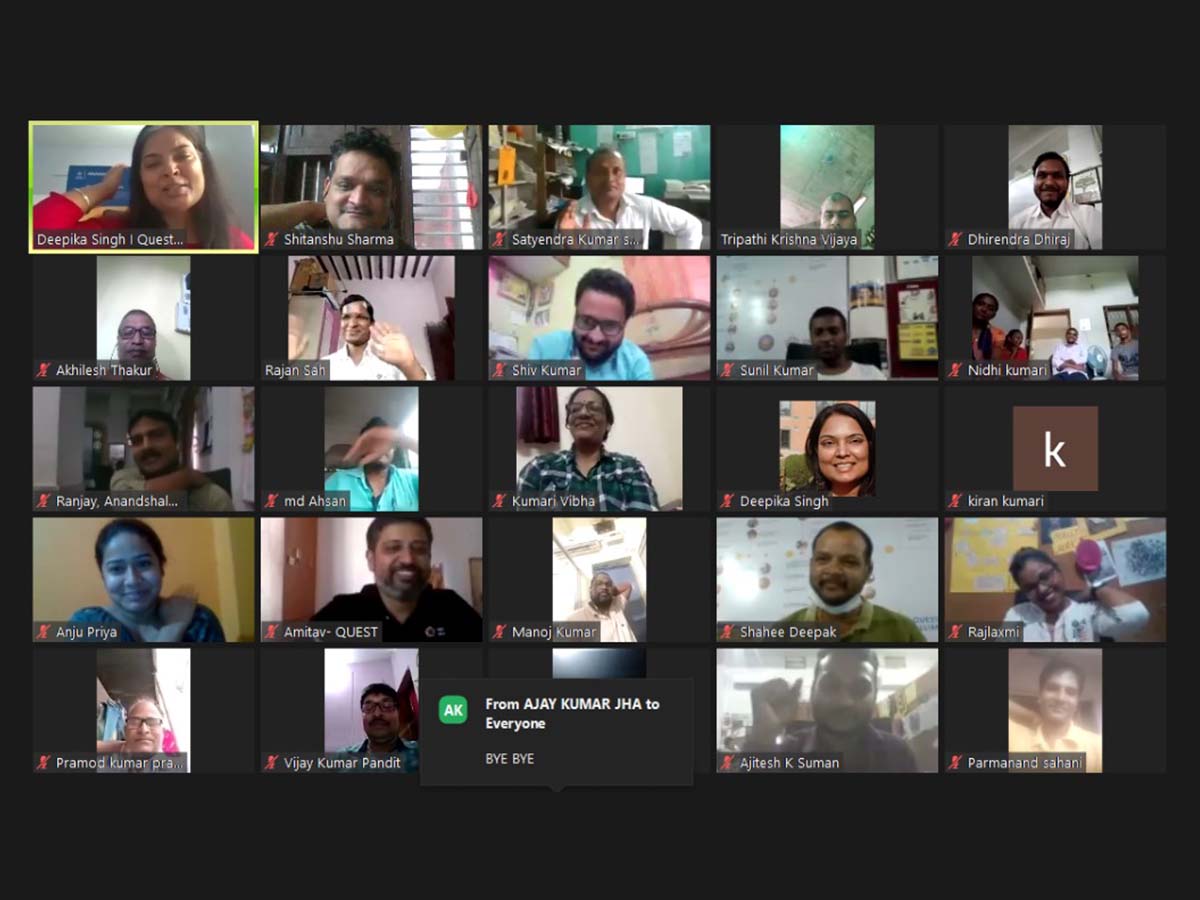
Ideation for collaboration through a virtual meeting with teachers, HMs and Cluster Resource Centre Coordinators
Interactive Voice Response System Promotes Digital Inclusion
Intermittent power supply and non-smart electronic devices in rural and tribal areas of Bihar and Jharkhand became a hindrance for students eager to access e-learning opportunities during the pandemic. Concern about being left behind and excluded was high among students and parents. Anandshala introduced an Interactive Voice Response System (IVRS) as a cost-effective interactive digital tool. The versatile content shared through this platform was an effective and conducive way to provide uninterrupted learning for students. IVRS as a strategic approach has made access to digital services possible, and has facilitated the process of digital inclusion of students on the other side of the digital divide.
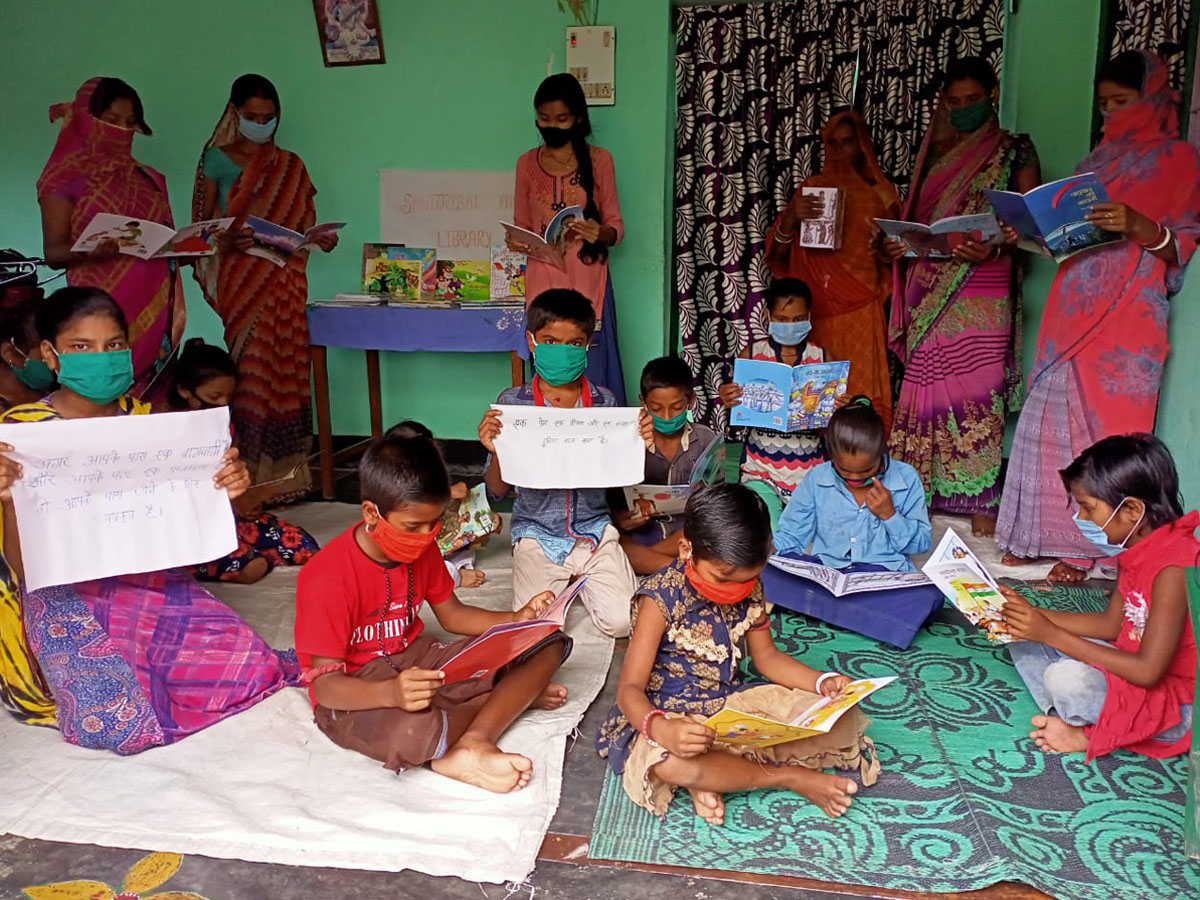
Children engaged in various activities communicated through IVRS during the pandemic.
Girl Champions emerge as Covid warriors
Workshops with adolescent girls from rural and remote tribal areas of Jharkhand on relevant topics like Covid-19 awareness, self employability and life-enrichment skills has brought real change to their lives. Self-employment sessions encouraged girls to make and sell festive decorations, contributing to their family livelihood. They also started a covid-19 awareness campaign in their own villages, and three girls emerged as champions in DASRA’s National Youth-led campaign against the stigma and discrimination during the pandemic. In 50 youth clubs, girls started a Pad bank to support those who could not afford sanitary pads and other hygiene products. This also became a strategic point for discussions on menstruation, health and hygiene.
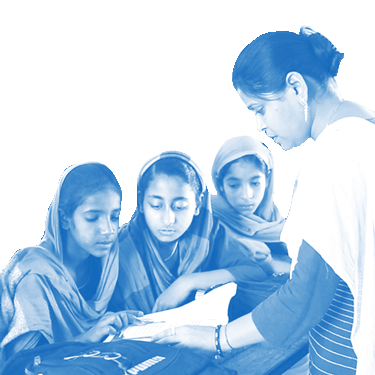
Youth Champions - Driving Change in Communities
The digital divide disproportionately impacted children in villages during school shutdowns, leaving many completely disconnected from the teaching-learning process. During this crisis, the Youth Champion model stepped in by creating learning centres in their own villages. Youth Champions also helped students continue their learning through various sessions designed to work within the course curriculum. Arts and crafts were used to enhance dexterity and develop fine motor skills, cognitive and social skills, develop 21st-century skills, rational thinking and being more sensitive to social causes. The centres also featured mini-libraries which became the cornerstone of building vibrant learning communities. Youth champions were also supported by the community in these endeavours, which also opened up avenues to initiate dialogues and discussions on relevant issues.

Youths engaging students in the learning at the
Ghar-Ghar pathshala in Jharkhand and Learning centres in Bihar
“During the pandemic when we were worried for our livelihood and education became a second priority for any investment, these learning centres have helped the children in our community to continue their studies and engage productively. They have even started dialogue and discussion on the important issues of our community, like discrimination and the importance of education.”
Jyoti Devi, mother of Aakriti Kumari, Learning centre at Patori Block, Samastipur

